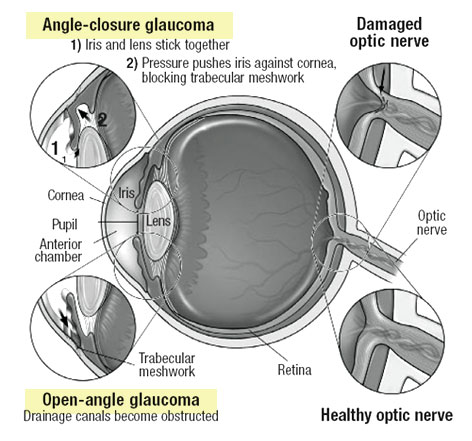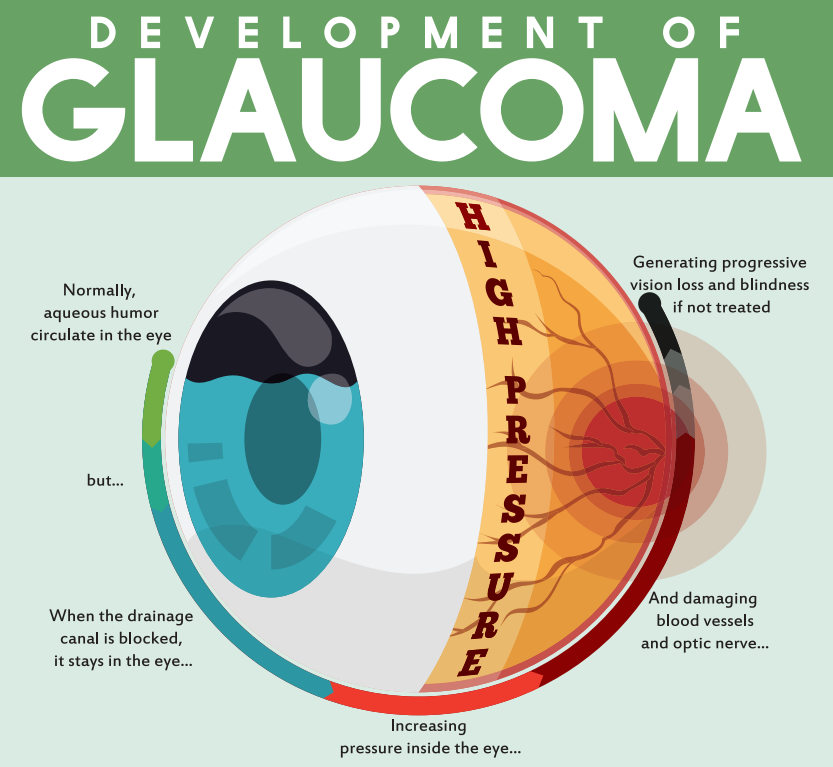Find the Best Glaucoma Service Near Me: Top-rated Eye Specialists
Find the Best Glaucoma Service Near Me: Top-rated Eye Specialists
Blog Article
Recognizing the Different Vision Adjustment Procedures Available for Clearer View
In the realm of vision improvement treatments, a multitude of options exist to deal with refractive errors and offer people with more clear sight. From the extensively recognized LASIK surgery to less invasive procedures like PRK and implantable lenses, the field of ophthalmology supplies a variety of strategies customized to fit various needs and choices. Each treatment includes its own collection of factors to consider, advantages, and prospective threats. Understanding the nuances of these vision adjustment methods is vital for making notified decisions concerning one's aesthetic health and wellness. Allow's discover the details of these procedures and shed light on the course to accomplishing enhanced vision quality.
LASIK Surgical Procedure
LASIK surgical treatment is an usual refractive treatment used to remedy vision troubles such as nearsightedness, astigmatism, and farsightedness. This medical method, which stands for Laser-Assisted in Situ Keratomileusis, aims to reshape the cornea to boost how light is concentrated on the retina, inevitably boosting vision clarity.
Among the key benefits of LASIK surgery is the quick enhancement in vision experienced by patients. Many individuals observe a substantial improvement in their eyesight quickly after the procedure. Additionally, most individuals report very little discomfort and pain throughout the surgical procedure and healing duration. The recuperation time for LASIK is relatively quick, with numerous individuals going back to their everyday activities within a day or 2 post-operation. On the whole, LASIK surgery is a prominent selection for people looking for a lasting remedy for their vision issues.
PRK Procedure
While also a typical refractive treatment, the PRK (Photorefractive Keratectomy) technique varies from LASIK surgical treatment in its approach to correcting vision troubles. In PRK, instead of developing a flap on the cornea, the external layer of the cornea, called the epithelium, is completely gotten rid of. This allows the laser to reshape the cornea to correct refractive errors such as astigmatism, farsightedness, and nearsightedness straight on the surface.

Despite the longer healing time, PRK can yield exceptional lead to vision enhancement, making it a valuable alternative for those who may not appropriate candidates for LASIK surgical treatment.
Implantable Lenses
In comparison to PRK where the cornea is improved directly, implantable lenses offer another method for fixing vision by placing artificial lenses inside the eye. This procedure is particularly useful for individuals with high levels of astigmatism, farsightedness, or nearsightedness that might not be appropriate candidates for laser surgeries like LASIK or PRK.
Implantable lenses, also referred to as phakic intraocular lenses, work by supplementing the eye's natural lens with an artificial one. retina service near me. These lenses can be positioned in front of the all-natural lens (anterior chamber) or behind the iris and in front of the all-natural lens (posterior chamber) By changing the power and positioning of these lenses, ophthalmologists can effectively deal with refractive errors and boost aesthetic acuity
One benefit of implantable lenses is that they are exchangeable and detachable, giving adaptability for future modifications. However, just like any operation, there are risks involved, such as infection or cataract development. People thinking about implantable lenses should seek advice from with an eye care professional to figure out the most ideal alternative based on their specific requirements and eye health.
Corneal Rings
Corneal rings, also called intracorneal ring sections, are small, clear gadgets inserted right into the cornea to correct vision distortions such as keratoconus. Keratoconus is a problem where the cornea thins and bulges external, triggering vision to become altered. The insertion of corneal rings helps to flatten the cornea, boosting visual skill and decreasing the irregular astigmatism created by keratoconus.
The procedure for placing corneal rings is fairly quick and minimally intrusive, frequently executed as an outpatient procedure. Throughout the surgery, the ophthalmologist makes a tiny incision in the cornea and inserts the rings at a certain deepness. When in position, the rings help to improve the cornea, providing a smoother surface for light to go into the eye, which can cause clearer vision.
Corneal rings are thought about a reversible procedure, as they can be removed or changed if essential. refractive surgeries in al. While official site they might not entirely remove the need for glasses or contact lenses, corneal rings can dramatically boost vision quality and overall visual comfort for people with keratoconus or other corneal irregularities
Refractive Lens Exchange
Following the adjustment of corneal abnormalities with procedures like corneal rings, another vision adjustment method that can deal with refractive mistakes is Refractive Lens Exchange (RLE) RLE is a medical treatment that entails changing the eye's all-natural lens with a synthetic intraocular lens (IOL) to fix refractive errors such as presbyopia, farsightedness, and nearsightedness. This treatment is especially beneficial for people that might not appropriate candidates for procedures like LASIK or PRK as a result of elements such as thin corneas or high refractive mistakes.

Verdict
In conclusion, there are different vision adjustment treatments readily available to help individuals achieve clearer sight. LASIK surgical treatment, PRK treatment, implantable lenses, corneal rings, and refractive lens exchange are all options that can resolve various vision concerns. It is necessary for individuals to talk to their eye care provider to identify the most suitable treatment based upon their details needs and choices. With developments in modern technology, attaining boosted vision is now much more accessible than ever before.
In the world of vision improvement treatments, a wide variety of options exist to address refractive mistakes and supply individuals with clearer sight.LASIK surgical treatment is a common refractive treatment used to remedy vision issues such as nearsightedness, farsightedness, and astigmatism.While additionally a common refractive procedure, the PRK (Photorefractive Keratectomy) technique varies from LASIK surgical treatment in its strategy to fixing vision problems.Adhering to the adjustment of corneal irregularities with treatments like corneal rings, an additional vision modification method that linked here can address refractive mistakes is Refractive Lens Exchange (RLE) LASIK surgical treatment, PRK treatment, implantable lenses, corneal rings, and refractive lens exchange are all options that can resolve different vision problems.
Report this page